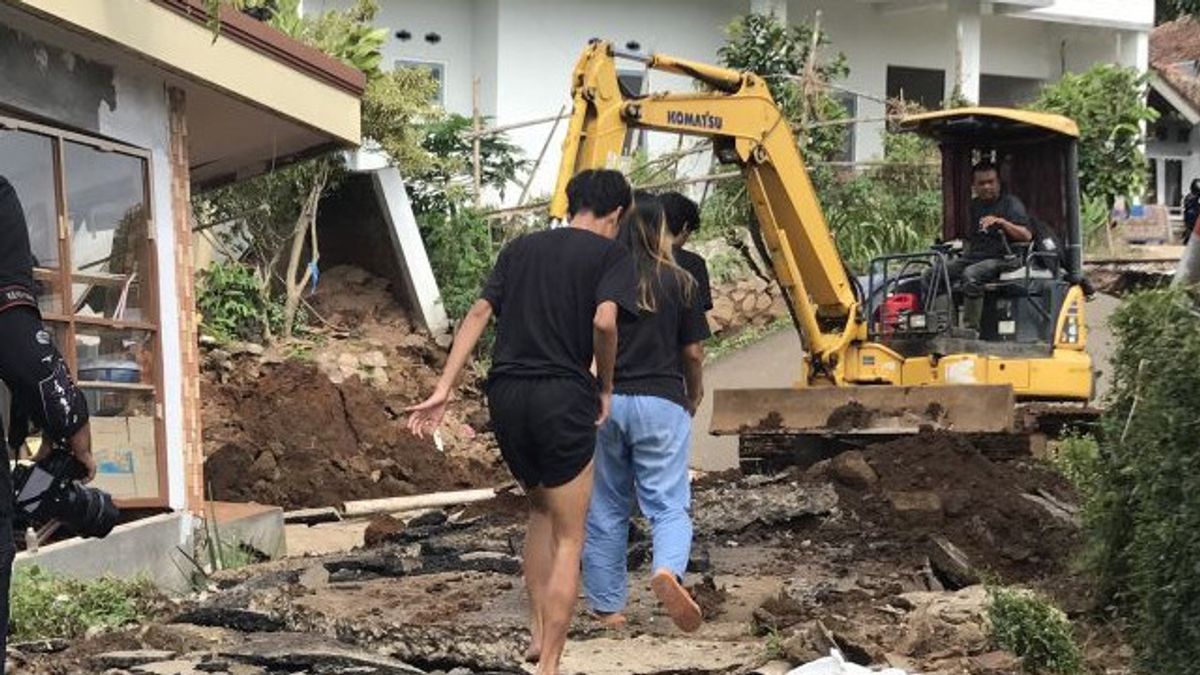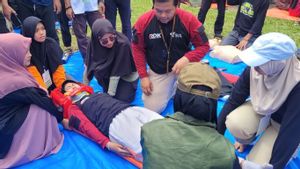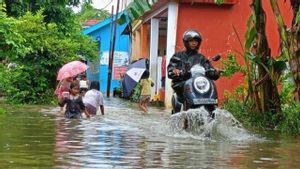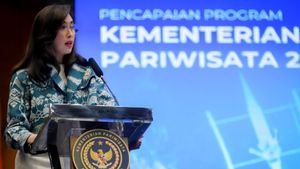JAKARTA - The City Government of Palangka Raya, Central Kalimantan Province (Kalteng) continues to strive to minimize the potential impact of disasters through the preparation of a Disaster Management Plan (PRB).
"Efforts to anticipate potential that may arise due to a disaster must be carried out, so that a greater negative impact can be prevented early. For this reason, it is important to do this RPB and it is owned by the local government," said the Regional Secretary of Palangka Raya City, Hera Nugrahayu, quoted from Antara, Sunday, December 11.
This RPB, which is a blue print document, is very important to implement, because it is an approach to show potential negative impacts that have the potential to arise from a disaster that has hit.
"The preparation of the RPB was initiated by the Regional Disaster Management Agency (BPBD), always the coordinator of regional disaster management. So there must be an equalization of the perceptions of all parties related to programs and concepts and methodologies in the preparation of the Palangka Raya City RPB document for 2023-2027," he said.
Hera also hopes that through this RPB document, assessment of regional capacity, verification of survey results and hazard maps as well as the framework of the regional technical team can be documented optimally, thoroughly and in detail.
Previously, the Head of BPBD Palangka Raya City, Emi Abriyani, said that the preparation of the RPB was in the stage of discussing academic texts in order to get responses and input from various related parties.
He said the academic study on disaster risk would be used by local governments to formulate steps and policies in disaster management.
"Moreover, in disaster management, the government must also have a blue print or document or regulation that is the basis for determining disaster management," he said.
He said, in general, the potential for disasters in the Palangka Raya City area is natural disasters and non-natural disasters. For natural category disasters such as floods, forest and land fires, smogs, tornadoes and lightning strikes. Meanwhile, non-natural disasters, such as the COVID-19 outbreak, tend to be more difficult to predict or handle.
For this reason, the preparation of a disaster risk study or RPB covers various potential disasters both due to natural and non-natural factors. Including anticipatory efforts, handling to post-disaster recovery, including educating the public in disaster mitigation.
The English, Chinese, Japanese, Arabic, and French versions are automatically generated by the AI. So there may still be inaccuracies in translating, please always see Indonesian as our main language. (system supported by DigitalSiber.id)









